Japanese translation to and from English - AI-powered Translation Tool
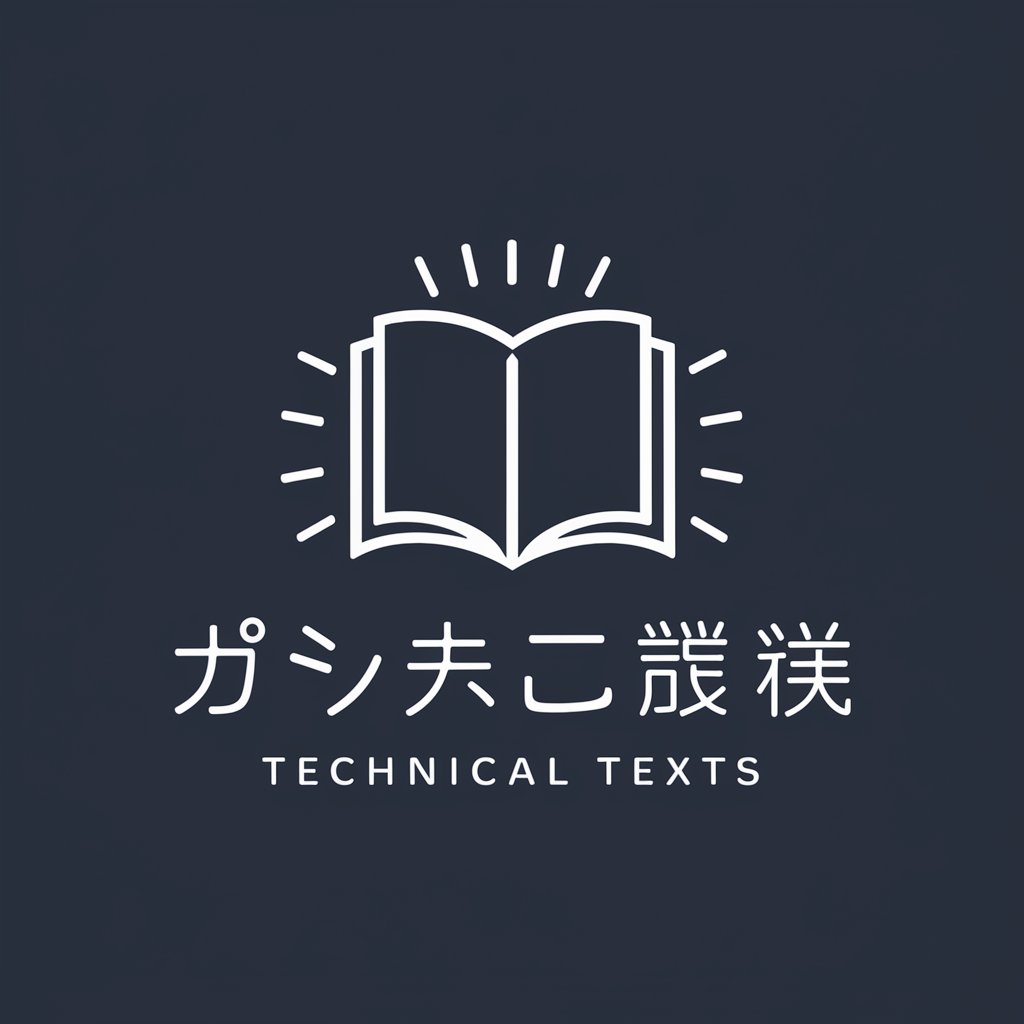
Welcome! How can I assist with your translation needs today?
Seamless Japanese-English Translation, Powered by AI
Translate the following technical document from English to Japanese:
Convert this academic paper from Japanese to English, ensuring clarity and precision:
Please provide an accurate translation of this engineering manual from English to Japanese:
Translate this Japanese scientific article into English, maintaining a formal tone:
Get Embed Code
Overview of Japanese Translation to and from English
The 'Japanese Translation to and from English' function is designed to facilitate clear and accurate communication between English and Japanese speakers, focusing on technical and professional contexts. This service is built to handle a wide range of texts, from academic papers and technical documents to business communications and website content. The core purpose is to bridge linguistic gaps, ensuring that complex ideas and detailed information can be shared effectively across language barriers. For instance, a research paper written in English on robotics can be translated into Japanese, preserving all technical terminologies and concepts, making it accessible to Japanese researchers in the field. Conversely, a Japanese patent application can be translated into English for submission in English-speaking countries, maintaining the precision of its technical descriptions. Powered by ChatGPT-4o。

Core Functions and Real-World Applications
Technical Document Translation
Example
Translating engineering manuals from Japanese to English
Scenario
A Japanese manufacturing company expanding its operations overseas needs its product manuals translated into English to support local staff and customers. The translation ensures technical accuracy and clarity, making the manuals comprehensible for English speakers.
Academic Paper Translation
Example
Translating research findings in biotechnology from English to Japanese
Scenario
An English-speaking scientist's groundbreaking research paper needs to be accessible to the Japanese academic community. The translation process involves not only converting the language but also adapting scientific terms and methodologies to be understandable in the Japanese academic context.
Business Communication Translation
Example
Translating business proposals and emails
Scenario
An American tech startup looking to collaborate with a Japanese firm requires translation of its business proposal and ongoing email communications. This ensures that both parties fully understand the terms, expectations, and nuances of the project, facilitating a smooth international partnership.
Website Localization
Example
Localizing an e-commerce website into Japanese
Scenario
An English-speaking e-commerce brand aiming to enter the Japanese market must adapt its website content, including product descriptions and customer service information, into Japanese. Localization goes beyond mere translation, ensuring that the content is culturally relevant and appealing to Japanese consumers.
Target User Groups for Japanese Translation Services
Academic Researchers
Researchers and academics who need to access or share knowledge across language barriers, particularly for publishing papers, collaborating on projects, or participating in international conferences.
Business Professionals
Companies and professionals engaging in cross-border trade, partnerships, or expansion. These users require precise translations of legal documents, business proposals, marketing materials, and communication to operate effectively in a foreign market.
Technical Experts
Engineers, scientists, and technical experts who need to share or access technical documents, manuals, and patents in another language. Accurate translation is crucial for understanding complex technical content and ensuring safety and compliance in international projects.
Localization Specialists
Localization specialists working on adapting products, services, and content for a Japanese-speaking market or vice versa. This includes not just language translation but also cultural adaptation to ensure relevance and engagement.

Guidelines for Using Japanese Translation to and from English
Initiate Translation
Start by visiting yeschat.ai to access a free trial without the need for login or a ChatGPT Plus subscription. This provides an easy entry point for first-time users.
Select Language Pair
Choose the direction of translation, either from English to Japanese or Japanese to English, depending on your requirements.
Input Text
Enter the text you wish to translate in the designated text box. Ensure clarity and completeness for a more accurate translation.
Review Translation
Once the translation is provided, carefully review it for accuracy. Use the feedback or correction feature, if available, to refine the translation.
Apply Translation
Utilize the translated text in your intended context, such as email communication, document preparation, or website localization. Pay attention to cultural nuances and formal language usage.
Try other advanced and practical GPTs
Bara Manga
Dive into AI-powered Bara Narratives

ビジネス英訳さん
Instantly translate Japanese to business English with AI.

ESL/EFL English Essay Grade Scorer & Feedback
Elevate Your English Writing with AI
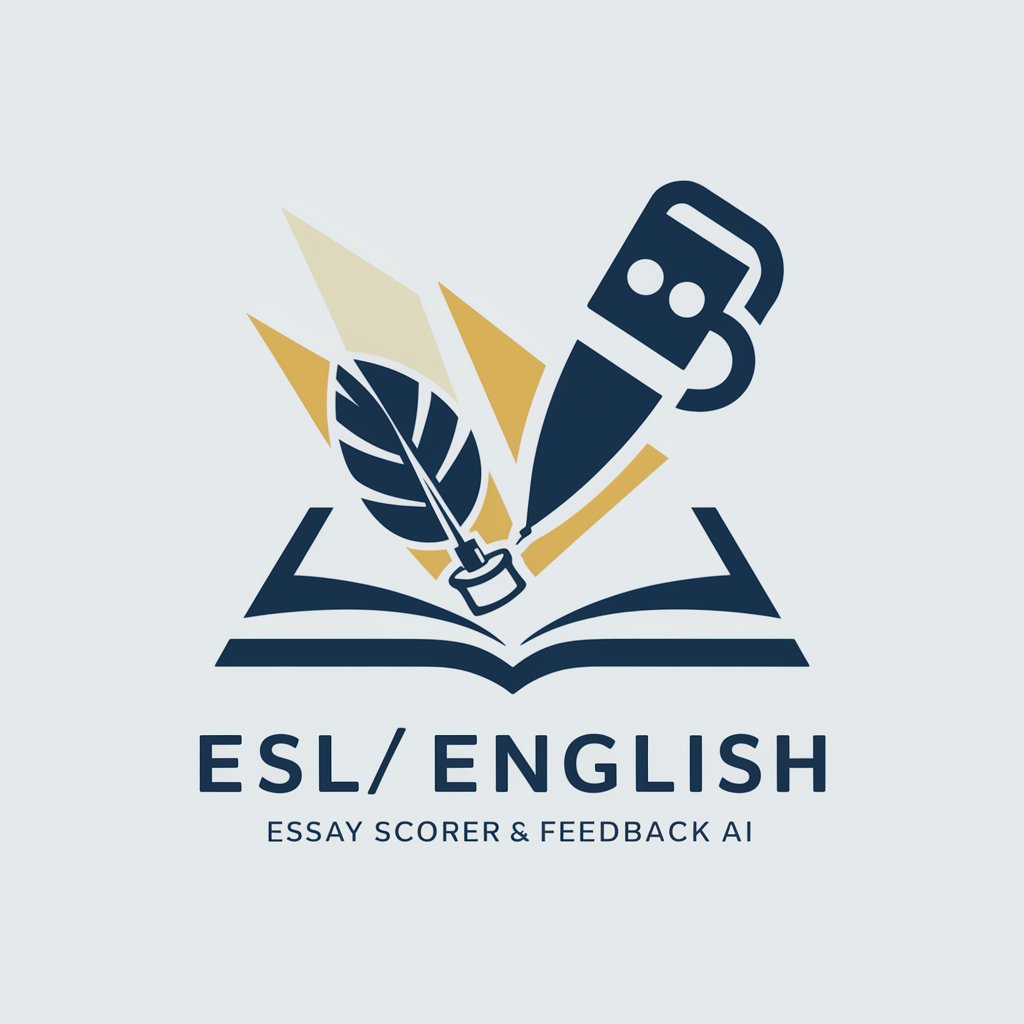
Micro-SaaS Brainstormer
Inspiring SaaS Innovation with AI

Marketing Thinking
Empower Your Strategy with AI Insights

Blueprint Buddy
Empowering ideas with AI-driven mapping.
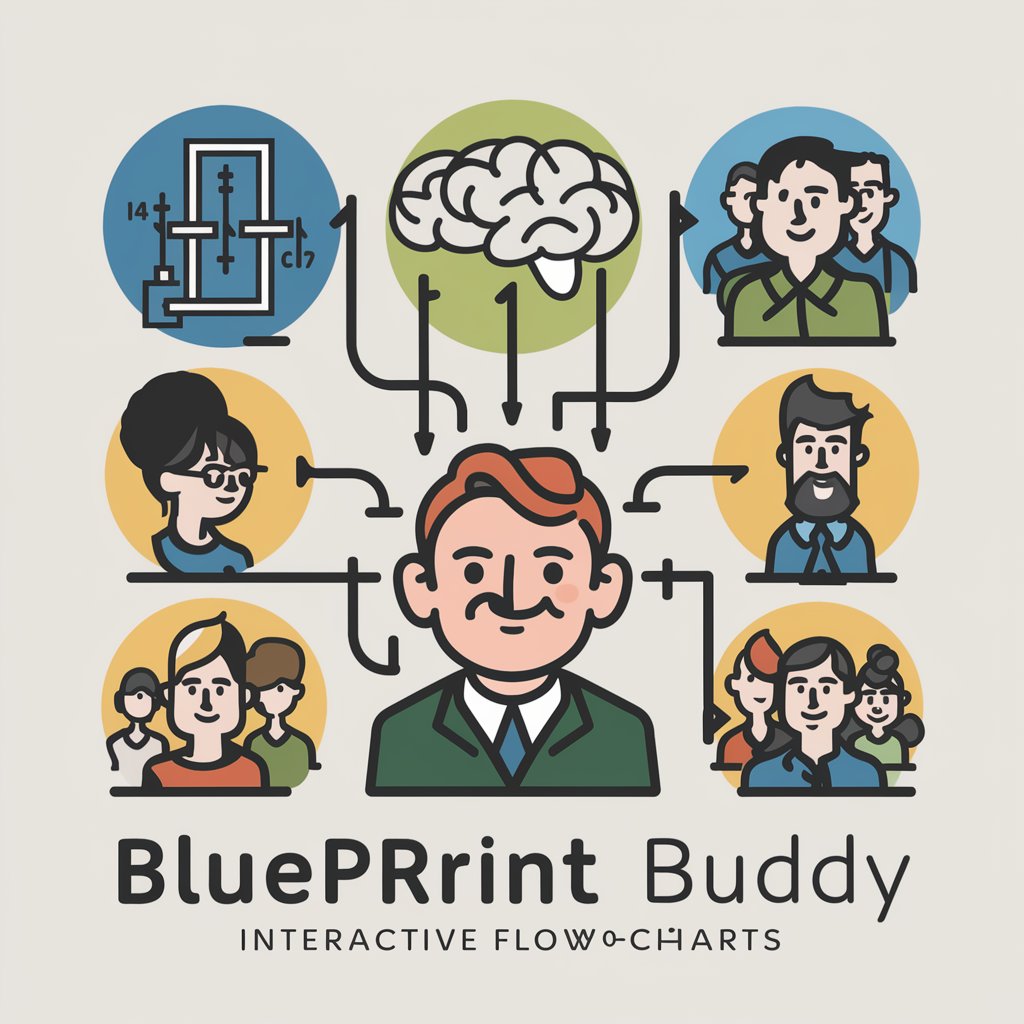
OpenShift Pal
Elevate Your OpenShift Experience with AI

Icon maker
Craft Icons Effortlessly with AI
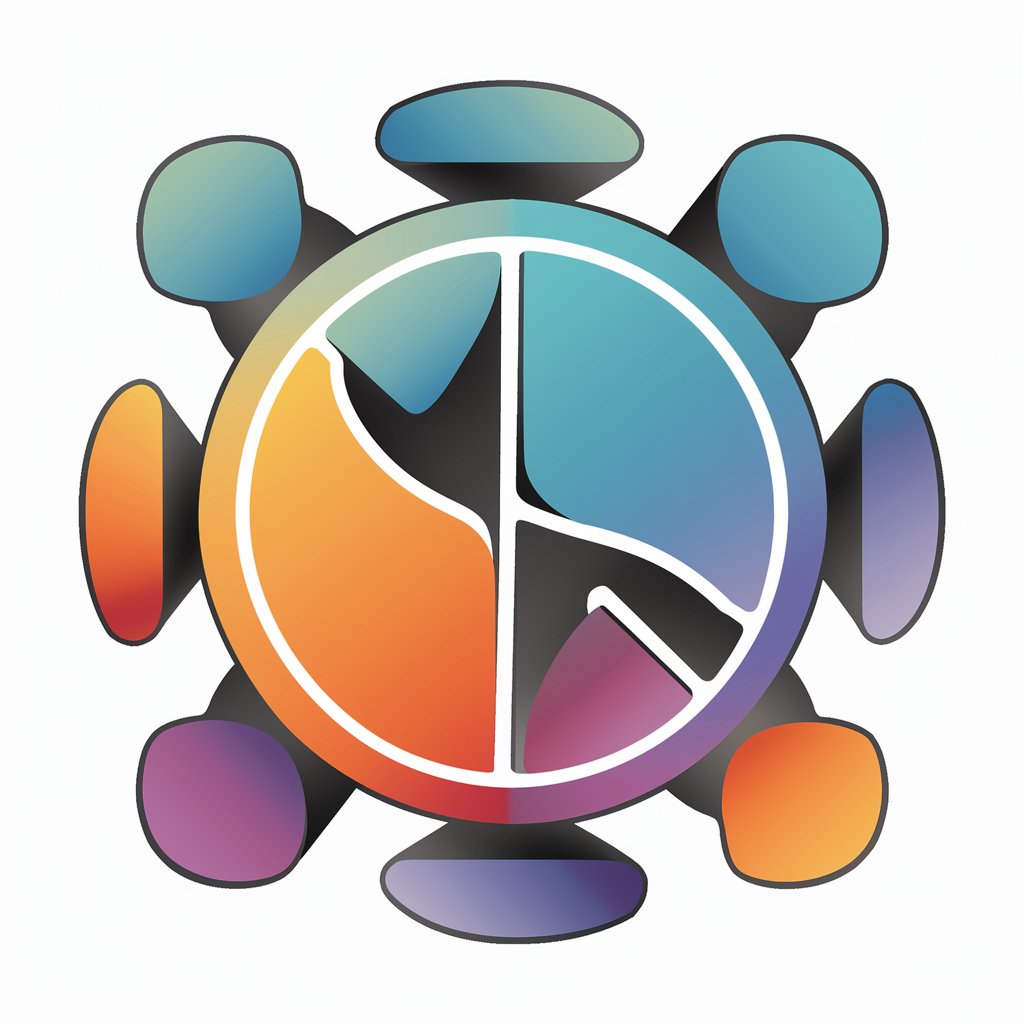
Hooti: A Chicago Manual of Style Assistant
Perfecting prose with AI-powered Chicago style alignment.
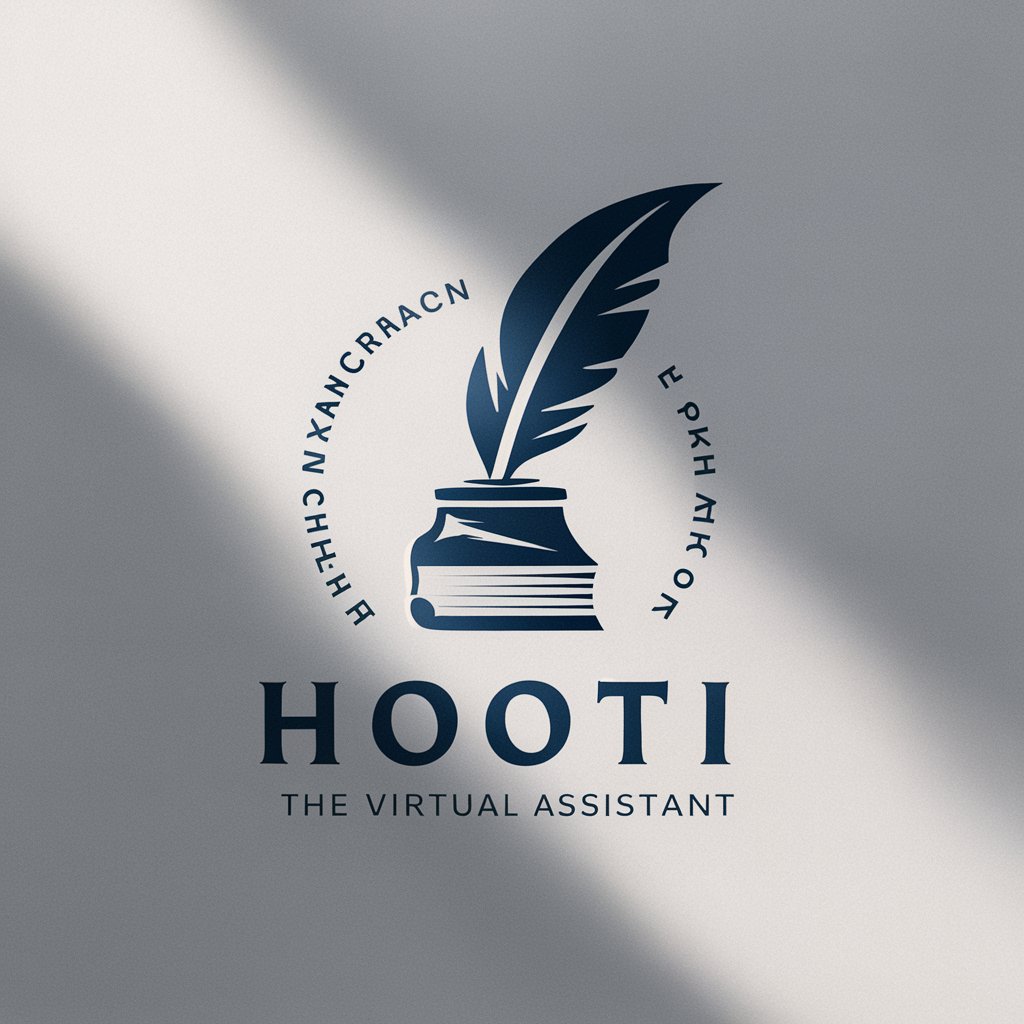
🎶 Music Mashup Maker lv3
Craft your musical time capsule with AI.

PNG Icon Maker (Transparency)
Craft custom icons with AI-powered transparency

Law of Attraction Guide
Manifest Your Desires with AI

Detailed Q&A about Japanese Translation to and from English
What makes AI-powered Japanese translation different from traditional methods?
AI-powered translations leverage machine learning algorithms to understand and translate text, offering speed and scalability that traditional methods can't match. They continuously improve with more data, providing increasingly accurate translations over time.
Can I trust AI translations for legal documents?
While AI translations have significantly improved, it's advisable to have translations of legal documents reviewed by a professional translator or legal expert, especially for official use, to ensure precision and adherence to legal terminology.
How does this tool handle idiomatic expressions in translation?
The tool is designed to recognize and appropriately translate idiomatic expressions by considering the context and cultural nuances of both languages, although complex idioms may still pose challenges and require human review.
Is there a limit to the length of text I can translate?
Limits may vary depending on the platform. For yeschat.ai, it's essential to check their guidelines. Generally, shorter texts ensure faster translations and better accuracy, but large documents can often be accommodated in segments.
How can I improve the accuracy of translations?
To enhance translation accuracy, provide clear and contextually rich text, avoid slang or overly complex sentences, and use the feedback features to correct and teach the AI model for better future translations.
